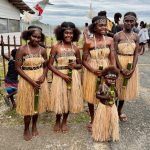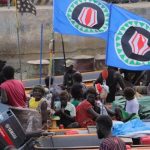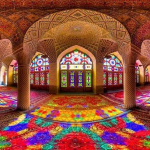If you travel to North Korea, there’s one statement you’ll definitely hear: the Korean nation has a 5,000-year history.
Ever wondered where this 5,000-year timeline begins? In this blog, we’ll dive into the foundation myth of Korea’s first kingdom and provide a comprehensive guide to the Tomb of King Tangun in Pyongyang.
Table of Contents
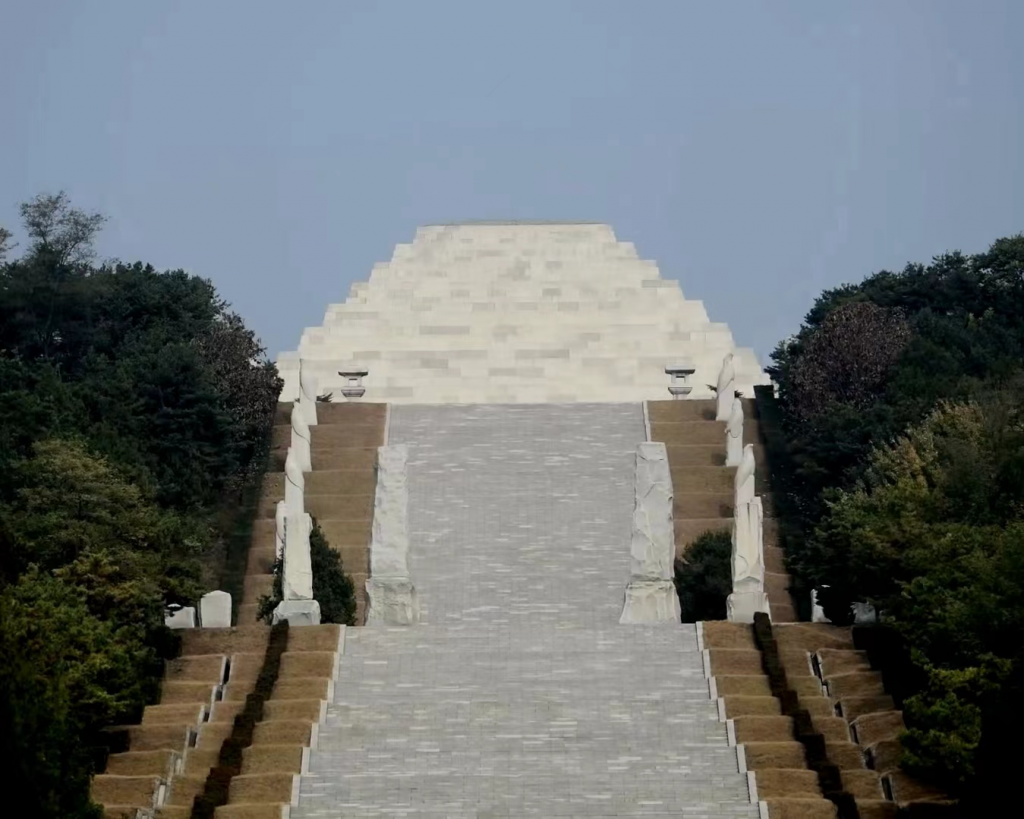

Who is King Tangun?
Tangun is believed to be the grandson of Hwanin, the Lord of Heaven. He founded Gochoson (Ancient Korea), the first slave-owning state in Korean history and the “first country established in the East”, on the lunar date of October 3, 2333 BC.
Tangun is regarded as the first king in Korean history and the ancestral father of the Korean nation. In both North Korea and South Korea, October 3rd is a national holiday known as Gaecheonjeol, which literally means “the day when the sky is opened.” You can find ceremonies honouring King Tangun across the Korean Peninsula. In North Korea, the most grandiose celebrations take place at the Tomb of King Tangun.
The Myth of King Tangun
Many origin myths reflect a nation’s totemic worship and the story of King Tangun begins
with a tiger and a bear. Hwanung, the son of the Lord of Heaven, had a strong desire to improve the human world. Seeing his ambition, his father permitted him to descend to Earth. Accompanied
by 3,000 heavenly beings, Hwanung came down to Mt. Myohyang and established the City of God.
A tiger and a bear living nearby often prayed to Hwanung, asking to be transformed into humans. Hwanung gave them a mugwort incense and 20 garlic cloves as sacred food. He instructed them to stay in a cave for 100 days, avoiding sunlight and eating only the food he provided.
After 21 days, the tiger could no longer endure and left the cave. The bear, however, persevered and successfully transformed into a woman. Unable to find a husband, she prayed daily under the divine tree for a child. Moved by her prayer, Hwanung transformed into a human, married her, and together they had a son—Tangun.
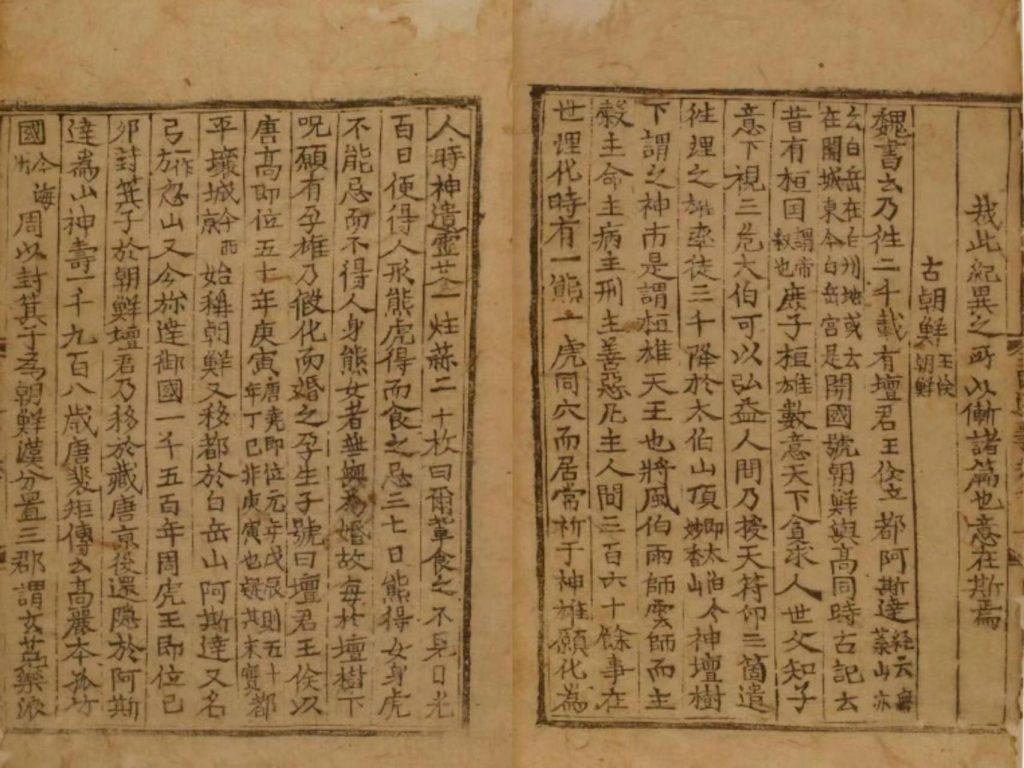
King Tangun and Gochoson (Ancient Korea)
According to the North Korean narrative, Tangun was born in Kangdong County of Pyongyang. He founded Gochoson and made Pyongyang its capital. The Samguk Yusa (Memorabilia of the Three Kingdoms) records that Gochoson lasted for 1,500 years, during which the capital was once moved to a place called Asadal. Asadal was located near Mt. Kuwol and Peak Asa of Mt. Kuwol is believed to have a connection with it. Gochoson eventually fell after the Zhou Dynasty of China appointed Kija (Jizi in Chinese) as the ruler of Korea.
There was once a tomb of Kija on Moran Hill in Pyongyang. North Korean scholars, however, deny Kija Korea’s existence. They argue that no remains or relics were found in the tomb. Around 1960, the tomb was destroyed to make way for the construction of Moran Hill Youth Park.
History of The Tomb of Tangun
Historical records from both the Koryo and Choson periods mention the Tomb of Tangun.
During the Japanese colonial rule over Korea, the tomb was excavated by the Japanese. At that time, the tomb was in a state of disrepair. Some patriotic Koreans raised funds to restore it, and the reconstruction was completed in 1936 . Today, a stone monument near the tomb commemorates this effort.
In 1993, under the direction of President Kim Il Sung, archaeologists claimed that they
had discovered the bones and relics of King Tangun and his wife near Tangun’s
supposed hometown. The President ordered the rejuvenation of a grand Goguryo-style mausoleum at an ideal nearby location to honour King Tangun.
On 11 October 1994, North Korea held an inauguration ceremony for the newly rebuilt Tomb of King Tangun.
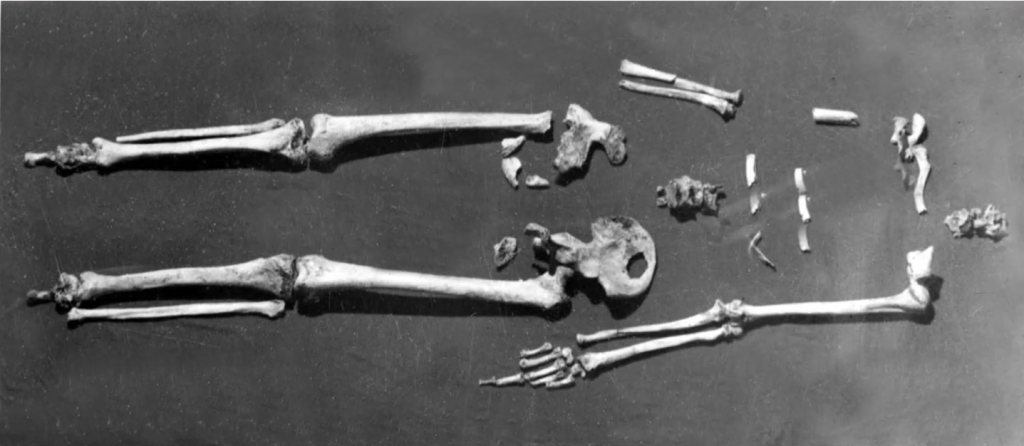
Tomb of Tangun
The Tomb of Tangun is a pyramidal mausoleum located at the foot of Daepak Hill in Kangdong County of Pyongyang.
Before reaching the tomb itself, you will pass by a well-paved platform lined with ten massive stone pillars, five on each side. These pillars symbolize the megalithic culture of Tangun Korea.
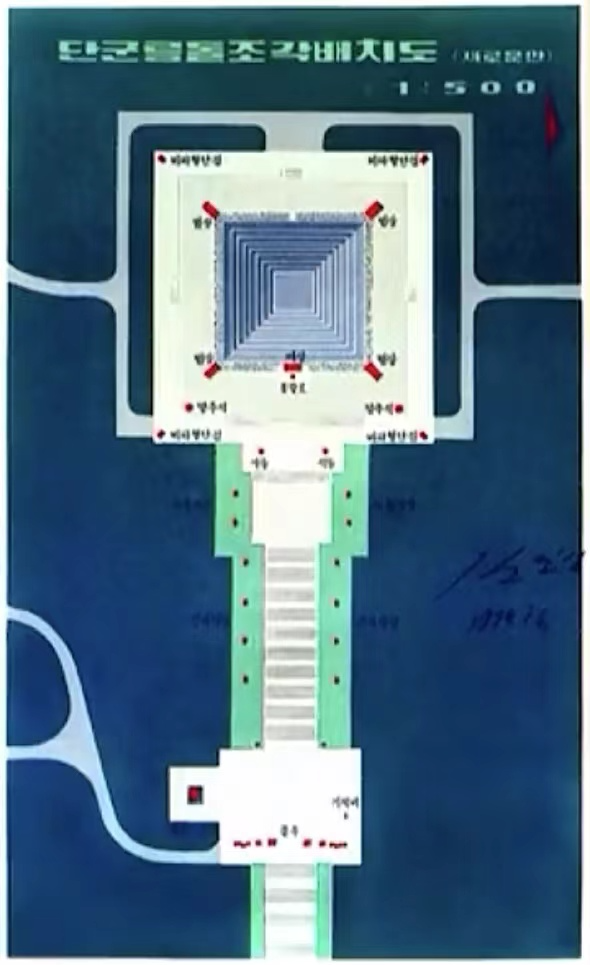

Next, you’ll ascend a staircase flanked by twelve stone statues. These statues represent Tangun’s four sons and eight close ministers.
Finally, you’ll arrive at the tomb. The mausoleum is entirely built from white stone and has nine tiers. The number of stone pieces amounts to 1994, which symbolizes its construction year of 1994. It stands 22 meters tall and spans 50 metres in width. The structure rests on a base measuring 84 metres long and 80 metres wide. On this base, you can find stone artefacts such as a stone table, stone lanterns, stone tigers, and Sword Towers.
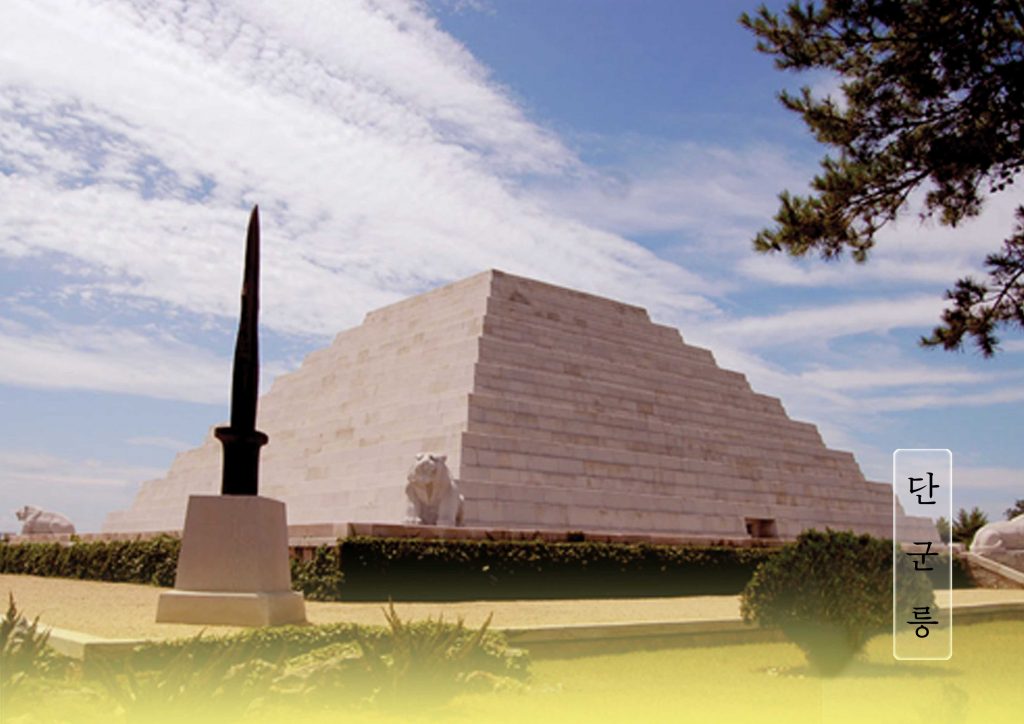
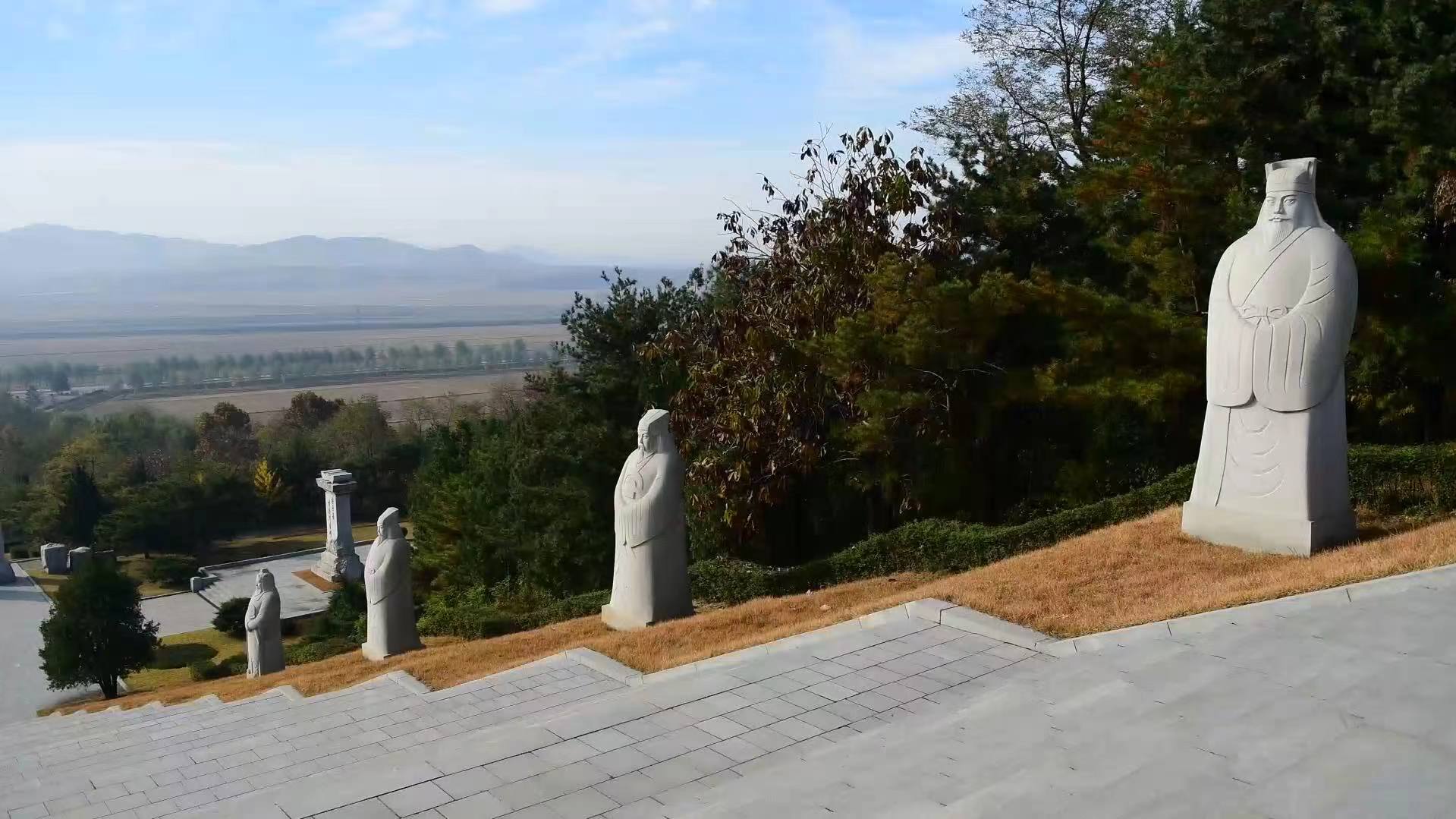
Visitors can enter the tomb’s interior, where the bones of Tangun and his wife are displayed in a wooden coffin. (To see the bones, you need to pay an additional fee.)
Visit the Tomb of Tangun
The Tomb of Tangun is located in the northeastern part of Pyongyang, about an hour’s drive away. However, before 2020, it wasn’t a common stop on typical tourist itineraries. This was mainly because there were few attractions nearby and Tangun wasn’t widely known outside of Korea.
In 2024, North Korea built a massive Green House Complex in the Kangdong area, which now accepts foreign tourists. Located less than 5 kilometres from the Tomb of Tangun, this development makes visiting the area less irregular.
The Tomb of Tangun is an absolute must-visit for history enthusiasts and those interested
in understanding the North Korean perspective on historical narratives. You can find
YPT’s upcoming North Korea tours here. If the group tour itineraries don’t meet your needs, YPT can also arrange an independent tours to North Korea for you.
Note: North Korea is reopening its borders to tourists. You can read more about it here. For reliable information about North Korean tourism, follow YPT on Facebook, Instagram , and our website.



